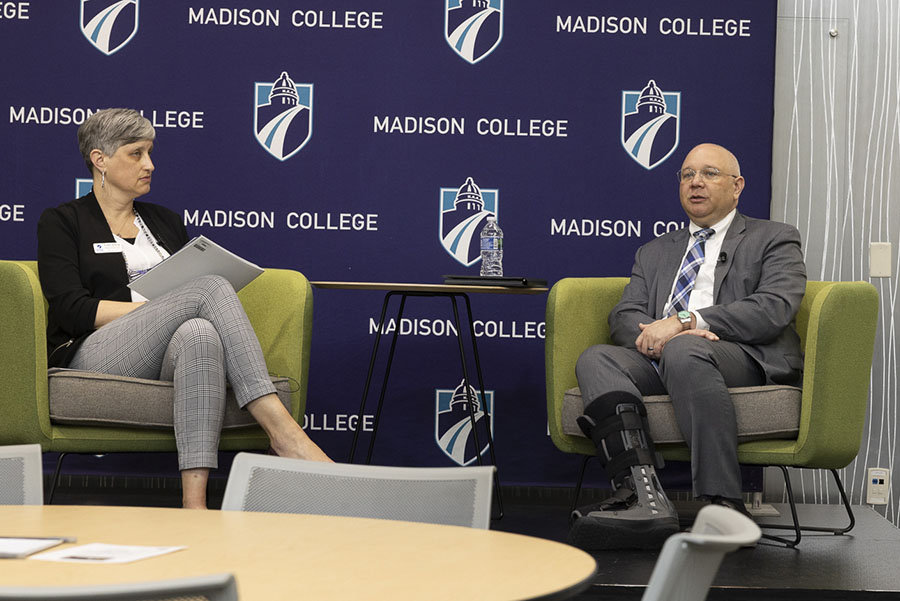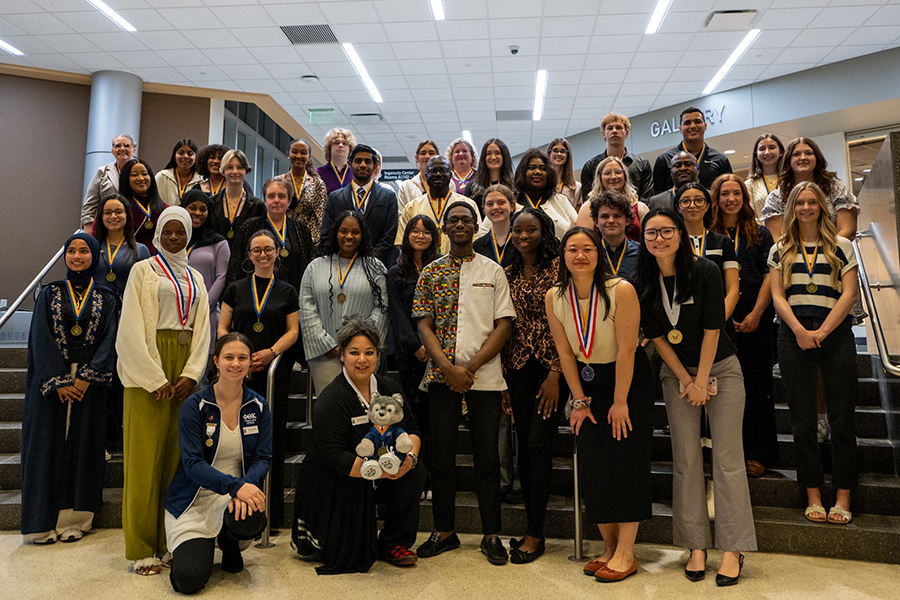Slacktivism: an activist’s lament
September 25, 2012
Breast Cancer Awareness Month begins Oct. 1. I remember last year when the tell-tale, cryptic Facebook statuses peppered my newsfeed. Everyone appeared to be announcing where they liked to get it on.
I have to admit, I had to look twice when some of my devout friends, fresh from church or Friday prayers, proclaimed “I like it on the table.”
Come to find out, they were talking about where they put their purses. Through these status updates, my friends were spreading awareness about breast cancer. I had to roll my eyes.
How trivialized awareness-spreading had become. Was all this spreading of awareness really doing anything to help fund research efforts and improve healthcare access to women afflicted with breast cancer? Where is the action to back up the awareness?
What a bunch of slactivists, I thought.
The term slacktivism is a combination of the words slacker and activism and emerged in the mid-nineties. It has been used to describe empty gestures to spread awareness about breast cancer and other important causes. Facebook status updates, Twitter hashtag campaigns, Livestrong wristbands and the ever-present pink ribbon of breast cancer awareness are the symbols of slacktivism.
I oppose these gestures without action to follow. Spreading awareness must be followed with action. There is no substitute for well-directed action. Further, this sea of well-intentioned clicks, statuses and accessories fool us into believing we have done enough to push for a cause when we have barely scratched the surface.
To be clear, I support the use of social media to organize and spread awareness for fundraising efforts and social action. One of the greatest benefits of social media is that it enables us to reach a great number of people at once, but it is problematic when the awareness does not lead to real action. In the same respect, it is also problematic when symbols such as the pink ribbon or the wristband are not backed by action. Social media awareness campaigns should be a means to an end, an end that should be action. They should not be the ends themselves.
For all its faults, slactivism is seductive. We are oversaturated with causes competing for our attention. Some of those causes are far from us, but we want to play a part, we want to make an impact, or at least, we want to believe that we will.
We lead busy lives. We live in an age where social media has made it all too convenient to support a cause with just a convenient click or status update, a t-shirt or a wristband. These gestures fit easily into our busy lifestyles. Moreover, they are safe, they make us feel good about ourselves, and social media gives use the ability to broadcast our warm, fuzzy feelings to others. However, true activism requires us to question the status quo, to get our hands dirty and take risks and to make sacrifices. Most importantly, it requires us to put our causes above ourselves.
A better approach is to prioritize the causes we care about and make a point to put our time, energy and money where our status updates are. Protest, volunteer, occupy, boycott or donate. Thoroughly research the organizations that champion your cause. Ask where their money goes and ask them what their priorities are.
In the case of breast cancer activism, question where your money is going before you donate or purchase a pink ribbon-stamped product. Demand that organizations and public officials invest more in prevention-based care such as improved access to mammograms for disadvantaged women. Call on the mainstream organizations to examine environmental causes of cancer, not just race for a cure.
This October, go beyond Facebook and go beyond the pink ribbon.































